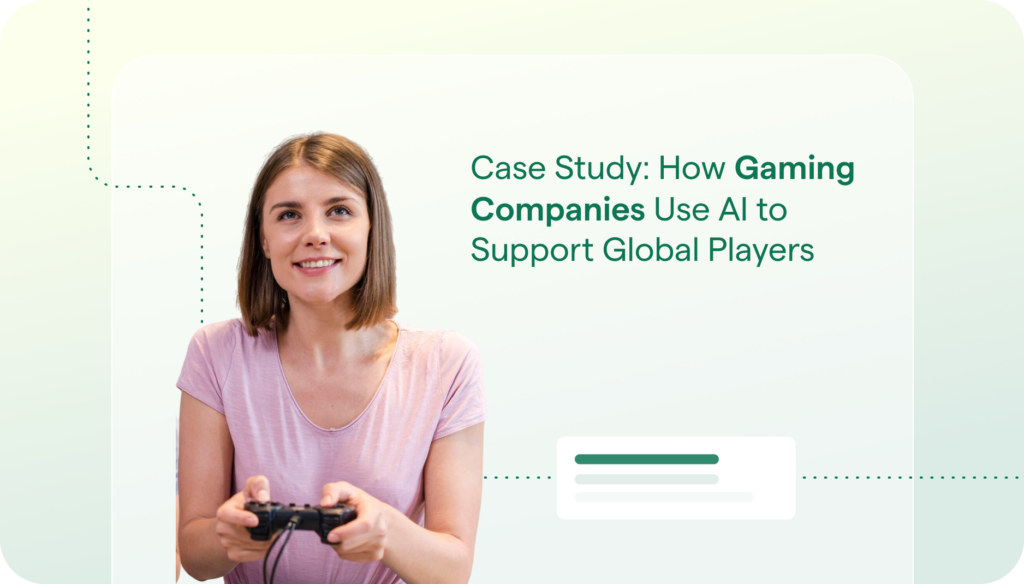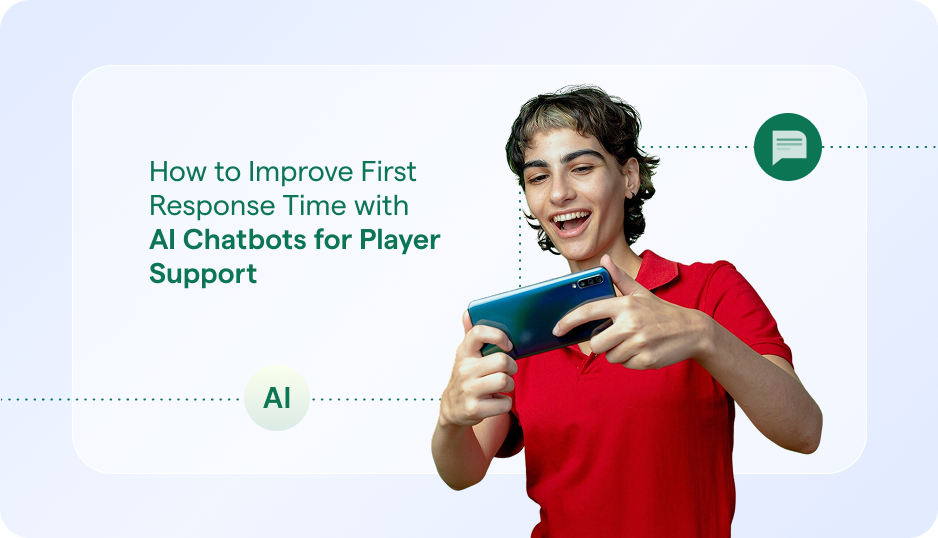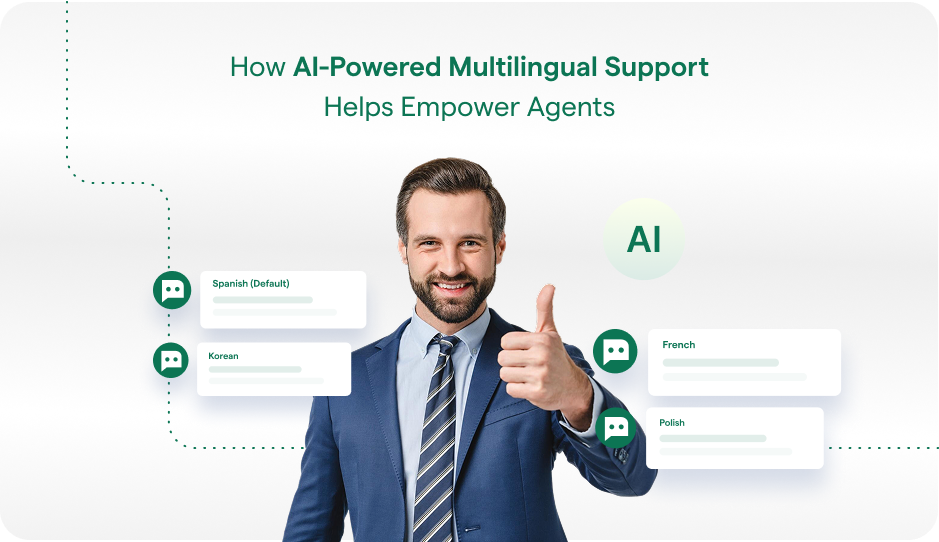Within a chatbot, intent refers to the goal the customer has in mind when typing in a question or comment. While entity refers to the modifier the customer uses to describe their issue, intent is what they really mean.
Intent is a critical factor in chatbot functionality because the chatbot’s ability to parse intent is what ultimately determines the success of the interaction. In order for a chatbot to be good at this, it must:
- Be programmed well and trained with a useful model involving a lot of training data
- Take advantage of machine learning to constantly advance and improve

Why Does Chatbot Intent Matter to Customer Service?
Knowing the difference between intent and entity is critical to using chatbots for customer service. Intent implies what the customer is looking for. For instance, a customer on an ecommerce site that specializes in sandals might type in “Do you have gladiator sandals?” The bot, because it recognizes a term from its product database, brings back a link to a version or two of gladiator sandals. Gladiator is the entity here, modifying the generic sandals.
However, what if the customer knows what kind of sandals he wants, but can’t remember what they are called? Instead, he types into the chatbot: “Do you have Roman sandals?” or “Do you have those sandals with all the straps?” or just a poorly spelled “Do you have gladdiator sandals?”
Now we’re dealing with intent. The customer’s intent is to land on the entity gladiator in the sandals library.
Intent and entities in chatbots are both essential to delivering what the customers wants and needs.
How Helpshift Supports Intent in Chatbots
Helpshift’s chatbots are highly sophisticated modules that provide accuracy, scalability, and speed within your customer service. These out-of-the-box bots can be deployed in minutes and do not require the programming skills of a professional developer, nor do you need code to install them.
The Helpshift QuickSearch Bot answers basic customer questions instantly by connecting what customers type in to information from your knowledge base. They help you to deflect incoming tickets, while also enabling conversations to be escalated to a human agent when necessary, in a completely seamless way. QuickSearch Bot is an AI-powered bot that can be used in both web and in-app messaging to automatically determined customer intent and respond with up to three suggested relevant knowledge articles that help the user self-serve.
Using machine learning, Helpshift’s bots advance and improve over time, learning patterns in the way customers type their intent into chatbots and adjusting responses to gradually improve the accuracy rate.
Conclusion
Helpshift uses intent combined with machine learning to always deliver what customers need and want.
To be good and understanding intent, a chatbot must;
- Be programmed well and trained with a useful model involving a lot of training data
- Take advantage of machine learning to constantly advance and improve
Additional Information About Intent in Chatbots
- Products: Intelligent Customer Self-Service
- Products: Customer Service Bots Made Easy
- Blog post: The Beginner’s Guide To Customer Service Chatbots and AI



